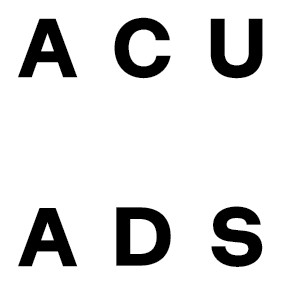As the funding landscape for the arts becomes more volatile, the need to equip art students with a comprehensive skillset to navigate and survive this sector is becoming increasingly dire. This includes the development of a bridge between universities and the sector that supports student transition from one to the other. Many universities nurture the growth of this bridge through the inclusion of professional development programs in their fine art degrees. Despite this, the visibility of this bridge is not always clear to undergraduate students. This raises the question as to whether fine art graduates actually are job-ready. An empirical study was therefore conducted to examine the course contents of single undergraduate fine art degrees to ascertain the scope and prominence of professional development content taught to fine art students. These courses were selected from a list of thirteen qualifying Australian higher education institutions. Data collected was examined through a triangulation of factors that relate to the way the content is taught, namely: whether the content is taught as a dedicated subject or integrated within other subjects; whether the subject is taught as a theory subject, an industry placement, or integrated with studio practice; and whether the content is taught as a compulsory component of a degree. The results of this study suggest that professional development content is given widely varying prominence across these thirteen institutions. The paper concludes by suggesting strategies for how the data collected for this study could be used to support extended research into the effect that professional development curricula have on the confidence levels of fine art students to support their transition into practising artists.
Job-Ready Graduates?: Examining the Professional Development of Students in Australian Art Schools.
Grace Slonim (Monash University, Art Design and Architecture (School of Fine Art))
2021 Conference
